The Sweet, Fried Perfection of Mexican Sopapillas: A Global Spice Tradition Spotlight
If you’ve ever craved a warm, doughy, cinnamon-dusted cloud of fried goodness, then you’ve probably already fallen in love with Mexican sopapillas. These golden pockets of joy are more than just dessert—they’re a centuries-old culinary tradition that tells the story of migration, fusion, and flavor across continents. In this deep dive into global spice traditions, we explore how sopapillas became a beloved staple from New Mexico to modern-day kitchens around the world.
Table of Contents
- What Exactly Is a Sopapilla?
- A Taste of History & Tradition
- How to Make Authentic Sopapillas at Home
- Spice It Up: Flavor Variations Around the World
- Buying Guide: Tools & Ingredients for Perfect Sopapillas
- Serving Suggestions & Occasions to Celebrate With Sopapillas
- Final Thoughts
What Exactly Is a Sopapilla?
Sopapillas (pronounced so-pah-PEE-yas) are light, fluffy, deep-fried pastries made from simple ingredients—flour, water, fat (usually lard or butter), baking powder, and salt. When cooked correctly, they puff up like little pillows due to steam expansion, creating an airy interior and crisp exterior. Traditionally dusted with cinnamon and sugar, they can be enjoyed plain or stuffed with sweet or savory fillings depending on regional preferences.
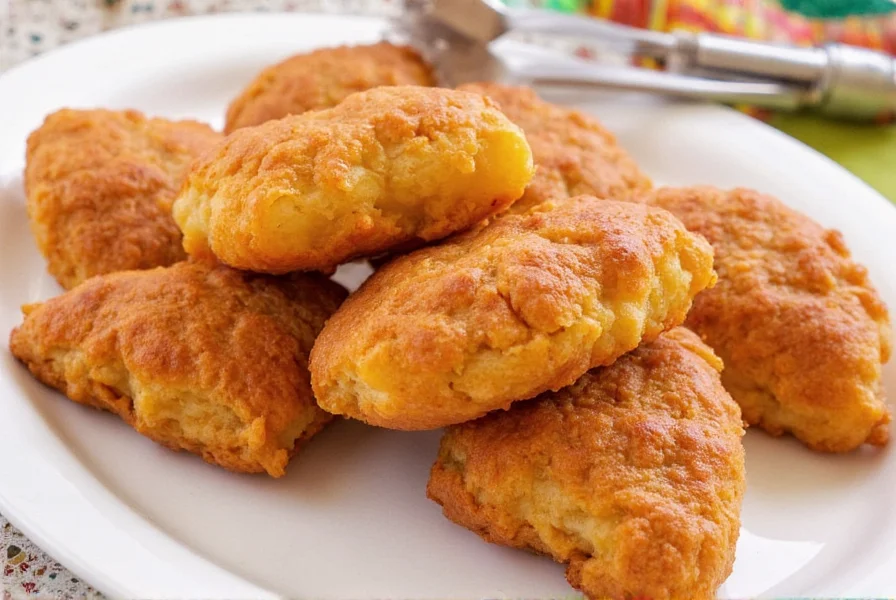
Quick Facts About Sopapillas:
- Type: Deep-fried pastry
- Texture: Light, airy inside, crispy outside
- Flavor Base: Neutral dough, often flavored after frying
- Common Toppings: Cinnamon-sugar, honey, syrup, jam, cheese, or meat
A Taste of History & Tradition
Sopapillas have roots stretching back to Spanish colonization in the Americas. Their origins trace back to the Moorish influence in Spain through a similar dish called “sopaipa,” which was introduced to Latin America during the colonial period. Over time, the recipe adapted to local ingredients and cooking methods, eventually becoming a staple in the Southwestern United States, particularly in New Mexico and parts of Texas.
These golden treats were originally reserved for festive occasions, but today, they're served at family gatherings, church events, and even food trucks across the U.S. and Mexico. They represent cultural resilience and adaptation, making them not only a delicious treat but also a symbol of shared heritage.
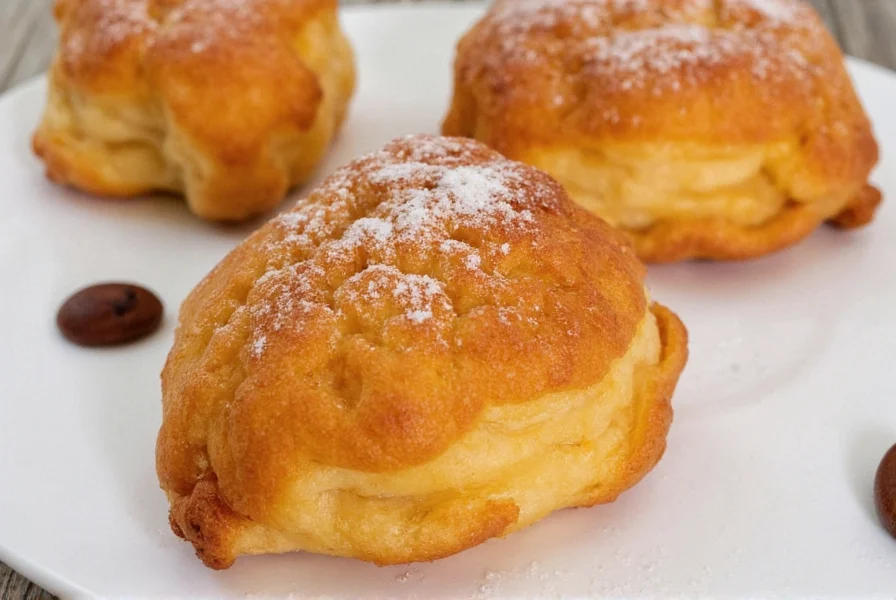
Regional Variations
| Region | Variation | Unique Ingredient or Twist |
|---|---|---|
| New Mexico, USA | Classic Sweet | Cinnamon-Sugar & Honey Drizzle |
| Mexico (Northern) | Savory Stuffed | Filled with Refried Beans, Cheese, or Meat |
| Chile & Argentina | Dessert Version | Served with Dulce de Leche |
| Spain | Ancestral Sopaipa | Sweetened with Anise & Olive Oil |
How to Make Authentic Sopapillas at Home
Ready to bring a taste of tradition into your kitchen? Here's a tried-and-true recipe that results in perfectly puffed, crispy-edged sopapillas every time.
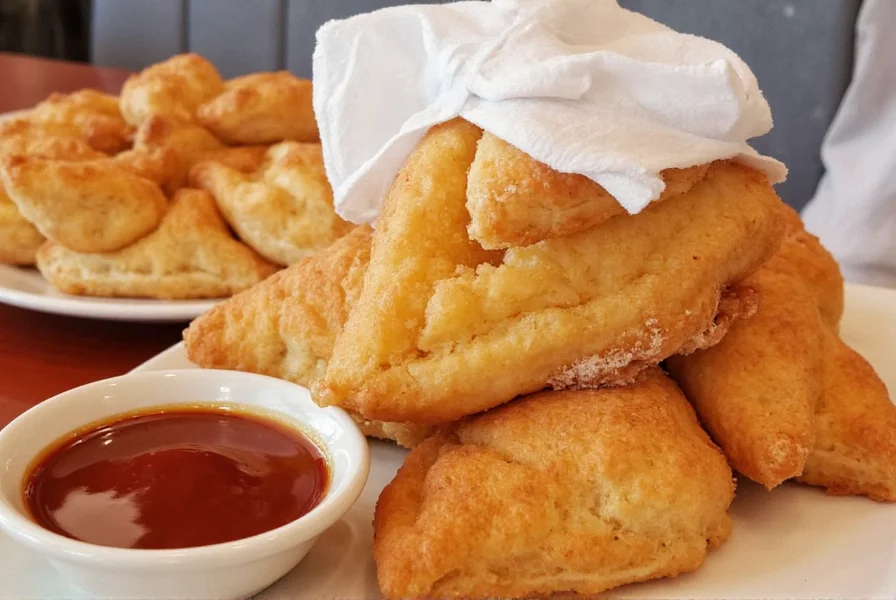
Ingredients:
- 2 cups all-purpose flour
- 1/4 tsp salt
- 1 tsp baking powder
- 2 tbsp vegetable shortening or lard
- 3/4 cup warm water
- Oil for frying
- Cinnamon-sugar mixture for dusting
Step-by-Step Instructions:
- Mix dry ingredients in a bowl.
- Cut in shortening until mixture resembles coarse crumbs.
- Add water gradually, mixing until dough comes together.
- Knead lightly, then let rest for 30 minutes.
- Roll out dough thinly, cut into squares or rounds.
- Fry in hot oil until golden and puffed.
- Drain on paper towels, then dust with cinnamon-sugar.
Tips for Success:
- Oil temperature: Maintain between 360–375°F (180–190°C). Too low, and they’ll absorb oil; too high, and they’ll burn.
- Dough thickness: Keep it thin (about 1/8 inch) for best puffing.
- Patience pays off: Letting the dough rest improves elasticity and texture.
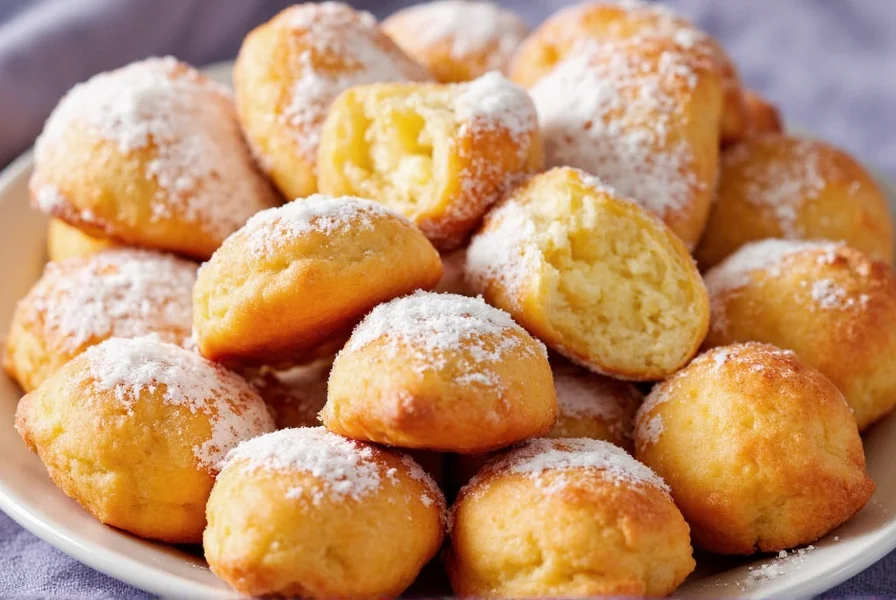
Spice It Up: Flavor Variations Around the World
While traditional Mexican sopapillas use a simple cinnamon-sugar blend, many cultures have put their own flavorful twists on this humble pastry. Here’s how different regions add spices to elevate the experience:
Global Spice Infusions for Sopapillas:
| Region | Spice/Topping | Flavor Profile |
|---|---|---|
| Mexico (Central) | Canela + Orange Zest | Warm, citrusy aroma with a hint of vanilla |
| New Mexico | Pinch of Clove in Sugar | Earthy warmth with subtle spice |
| United States (Modern Fusion) | Nutmeg & Brown Butter Glaze | Rich, nutty, caramel notes |
| India-Inspired | Garam Masala + Cardamom | Exotic, aromatic with floral undertones |
| Europe-Inspired | Vanilla Bean Sugar | Delicate sweetness with a creamy edge |
Buying Guide: Tools & Ingredients for Perfect Sopapillas
If you’re planning to make sopapillas regularly—or just want to do it right once—it’s worth investing in quality tools and ingredients. Here’s a guide to help you choose what you need:
Baking Essentials:
- All-Purpose Flour: Look for unbleached varieties with moderate protein content (10–11%).
- Lard or Vegetable Shortening: Lard gives the most authentic flavor, but shortening works well for vegetarians.
- Cinnamon: Choose freshly ground Ceylon or Cassia cinnamon for bold flavor.
Recommended Kitchen Tools:
| Tool | Why You Need It | Best Brands |
|---|---|---|
| Cast Iron Skillet | Maintains steady heat for consistent frying | Le Creuset, Lodge |
| Dough Cutter/Scraper | For clean cuts and easy portioning | OXO Good Grips |
| Deep Fry Thermometer | Ensures accurate oil temperature control | ThermoPro, Lavatools |
| Rolling Pin | Evens out dough thickness for perfect puffing | Joseph Joseph, Marble Rolling Pin |
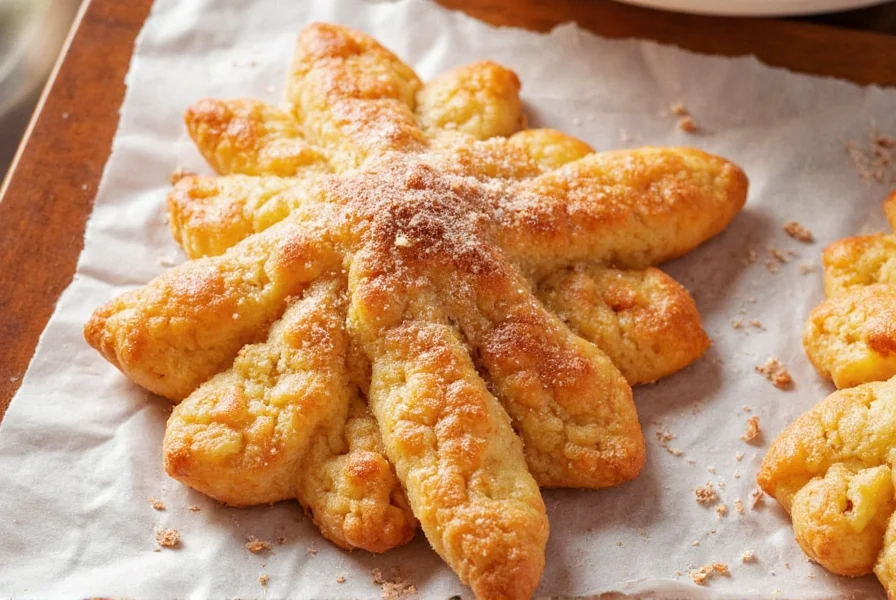
Serving Suggestions & Occasions to Celebrate With Sopapillas
Sopapillas aren’t just a dessert—they can be versatile enough to shine at breakfast, as part of a snack lineup, or as a crowd-pleasing finale to any meal. Here are some creative ways to serve them:
- Breakfast Brunch: Serve with fresh fruit, yogurt, or scrambled eggs for a savory twist.
- Afternoon Tea: Pair with chai, herbal infusions, or spiced coffee blends.
- Holiday Dessert: Top with whipped cream, maple syrup, or pumpkin-spiced glaze in fall.
- Festival Favorite: Set up a toppings bar with chocolate sauce, dulce de leche, and crushed nuts.
Occasions Ideal for Serving Sopapillas:
- Fiesta Friday Dinners
- Thanksgiving Dessert Table
- Wedding Receptions (Southwestern-themed)
- Local Community Markets or Pop-Up Events
Final Thoughts
Sopapillas may look simple, but their history, technique, and flavor variations tell a complex, global story of spice, adaptation, and celebration. Whether you enjoy them warm and dusted with cinnamon or filled with spiced meat, there’s a version for everyone. As part of global spice traditions, sopapillas connect us to ancestral roots while offering endless opportunities for creativity in the kitchen.
So next time you're craving something comforting yet exotic, reach for the flour, crank up the fryer, and give these golden delights a try. Who knows—you might start a new family tradition.


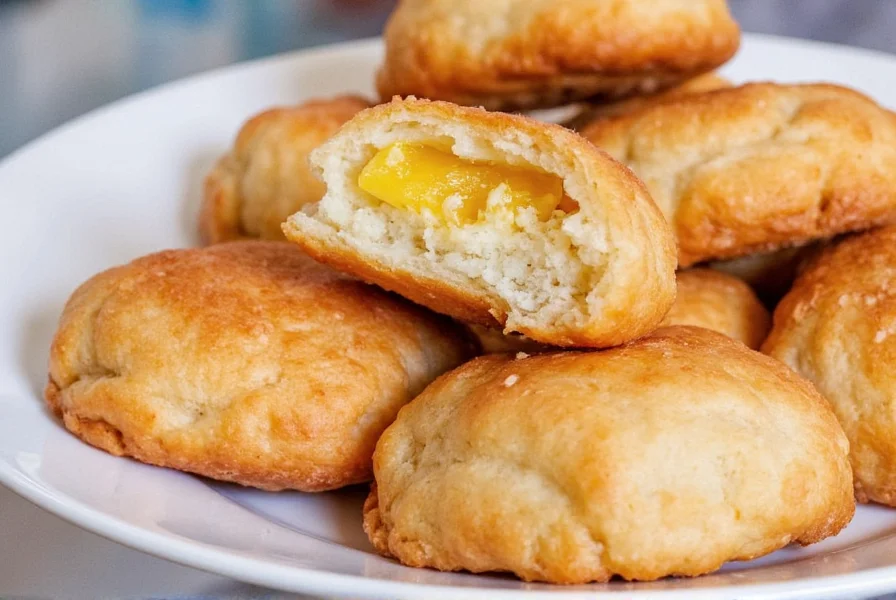









 浙公网安备
33010002000092号
浙公网安备
33010002000092号 浙B2-20120091-4
浙B2-20120091-4